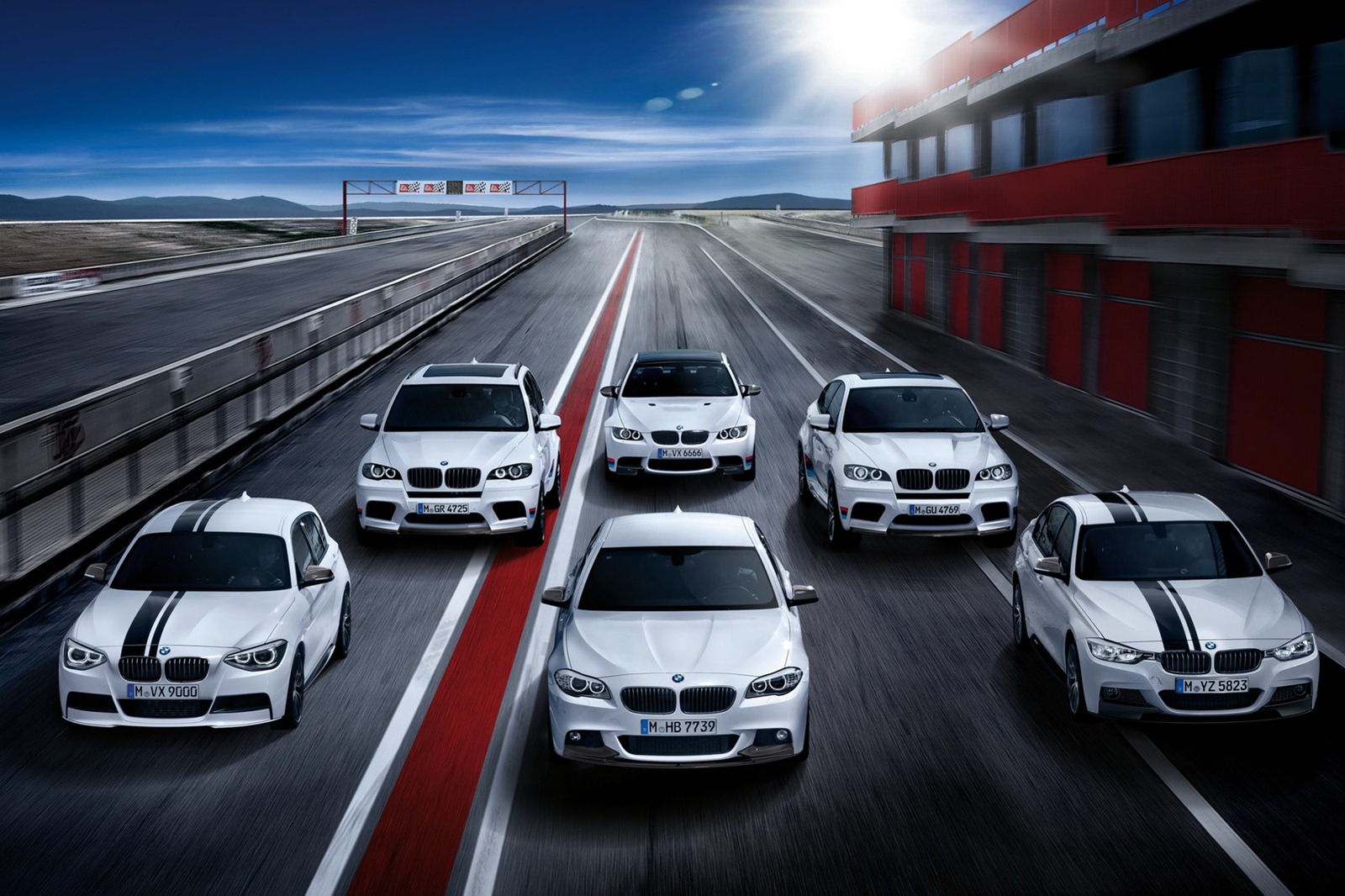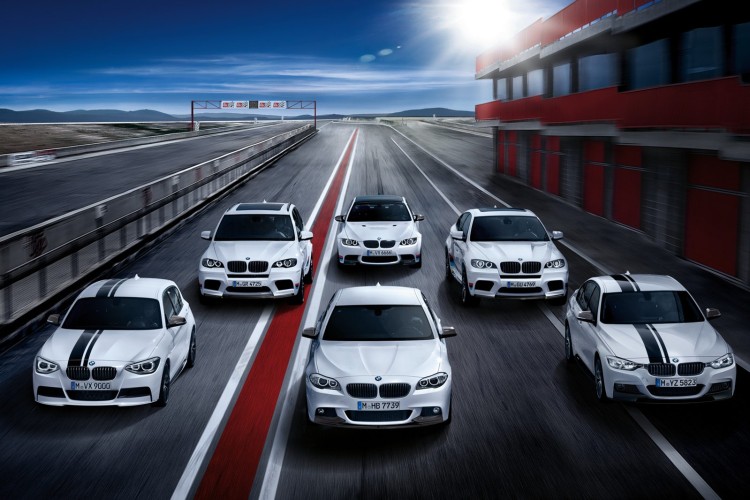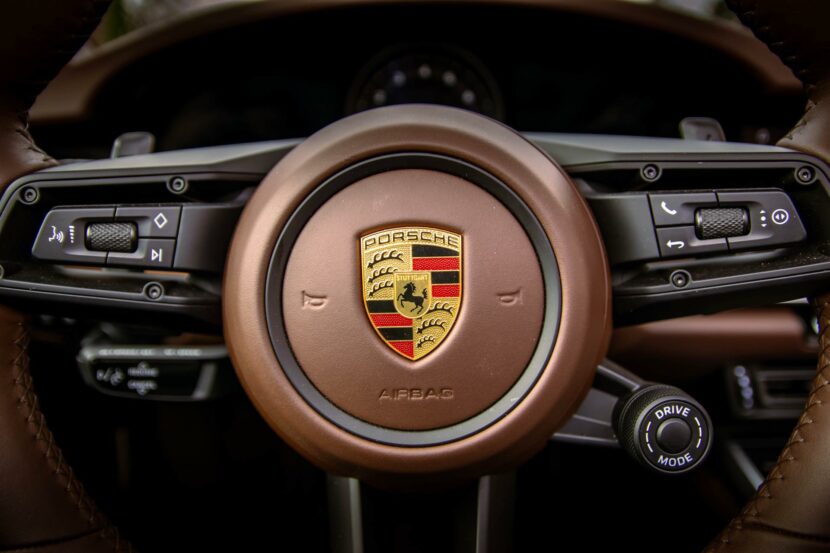In the last decade, the premium car segment has seen an increase in the number of models sold to customers. Some of these new variants became high-sellers for the automakers, while the niche models helped them stay relevant and steal customers from the competition. Currently, BMW sits at the top of the list of models currently on sale. In 2014, the Bavarians had 27 models, ahead of Audi with 25, Mercedes-Benz (19), Lexus (16) and Cadillac (12).
In 2015 BMW’s model count jumps to 35, including variants like the 3 Series sedan, wagon and Gran Turismo, and M Performance Automobiles. Lexus grows to 19 this year while Audi goes to 29. Mercedes’ number holds at 19. No other luxury brands are in double digits in 2015.
Larry Dominique, executive vice president for data solutions at TrueCar and former Nissan product planning chief, says the big German automakers can afford to develop more cars thanks to their global reach. “Brands like Mercedes and BMW have great advantages because they’re global and high volume,” Dominique said. “They sell 400,000 BMW 3 series alone.”
The global volume helps the Germans offset the development costs associated with the launch of new cars.
Dave Sullivan, analyst for AutoPacific, says that the large number of models could become a liability for some automakers. “There’s a tremendous cost of keeping all of these nameplates,” Sullivan said. “Think of it as a nest full of baby birds and you having to keep them fed and warm at the same time, or one of them will be dying off. It’s a lot of babies to take care of.”
Whether the diversification of products will hurt the premium automakers remains to be seen.
[Source: Autonews]






































































